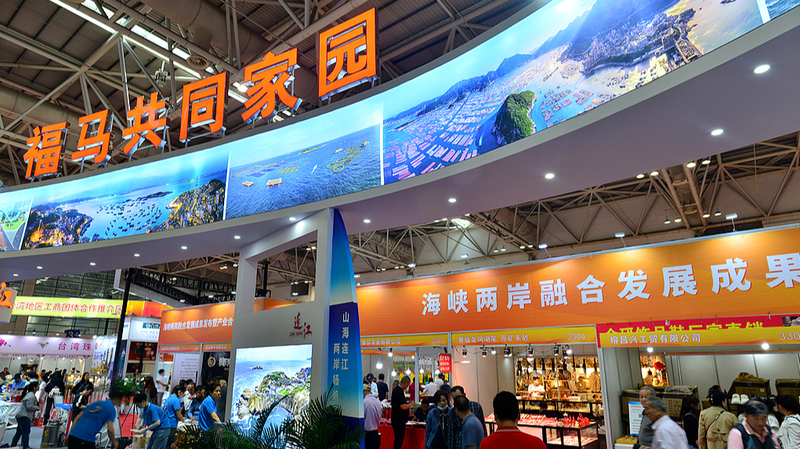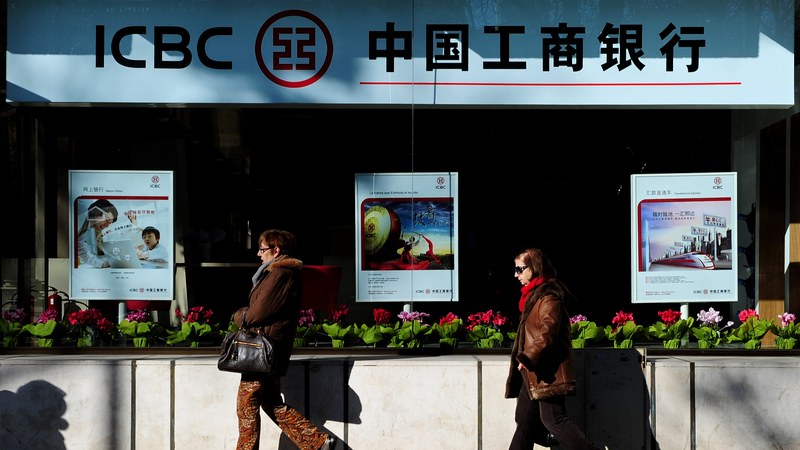In a striking rebuttal to separatist narratives, robust economic cooperation across the Taiwan Strait continues to thrive despite political maneuvers aimed at decoupling supply chains and redefining trade strategies. While the Lai Ching-te administration has promoted a "Taiwan first, global layout" to reposition the trade framework, the numbers tell a resilient story of integration and mutual growth.
Recent data shows that in 2024, cross-strait trade reached an impressive $292.97 billion, marking a 9.4 percent year-on-year increase. Taiwan's trade dependence on the Chinese mainland remains significant at 30 percent, supported by a substantial trade surplus nearing $150 billion. These figures highlight a deeply intertwined economic relationship that continues to prosper even in the face of geopolitical challenges.
Historical trends further underscore this bond. Between 2013 and 2022, prior to aggressive decoupling attempts, the economies on both sides of the Taiwan Strait recorded robust growth — with the Chinese mainland and Taiwan growing at average annual rates of over eight percent and three percent respectively. Moreover, Taiwan's trade surplus with the Chinese mainland grew at an impressive 12.8 percent annually, reaffirming that industrial cooperation remains both complementary and mutually beneficial.
Despite rising protectionism and deliberate strategic shifts, the sustained and high-quality economic ties between the two sides demonstrate that pragmatic trade relations can prevail over politically motivated disruptions. This ongoing integration not only fortifies economic resilience but also serves as a beacon for global markets that value cooperation and stability in an interconnected world.
Reference(s):
High-quality cross-strait economic ties refute Lai's separatist claims
cgtn.com




